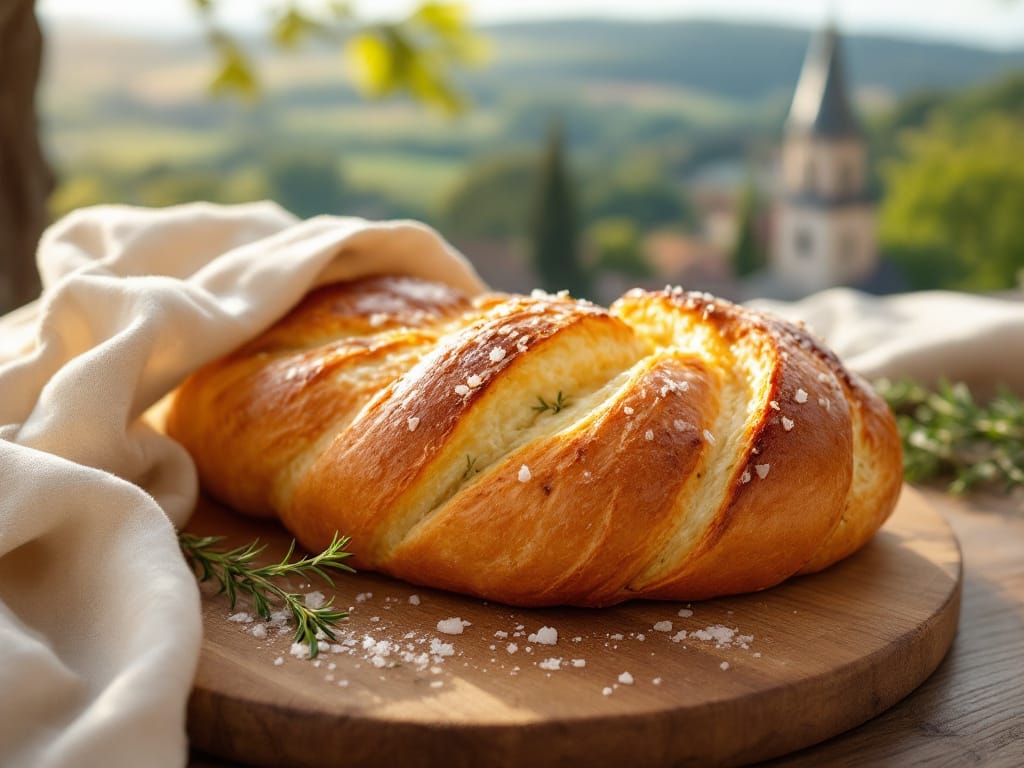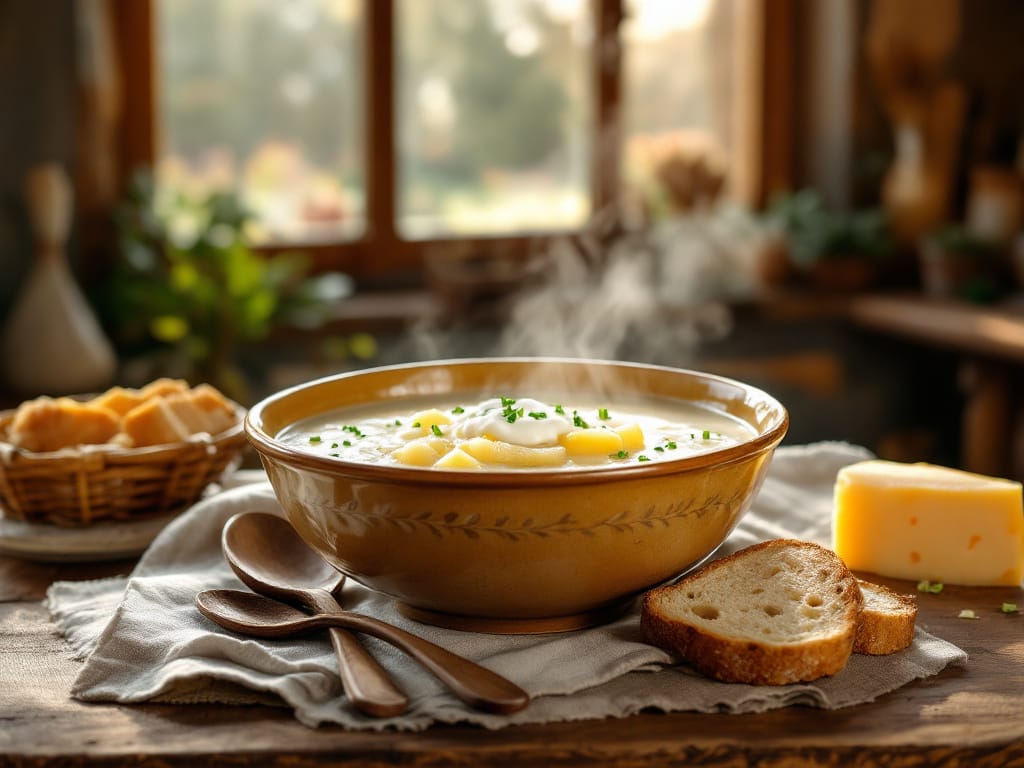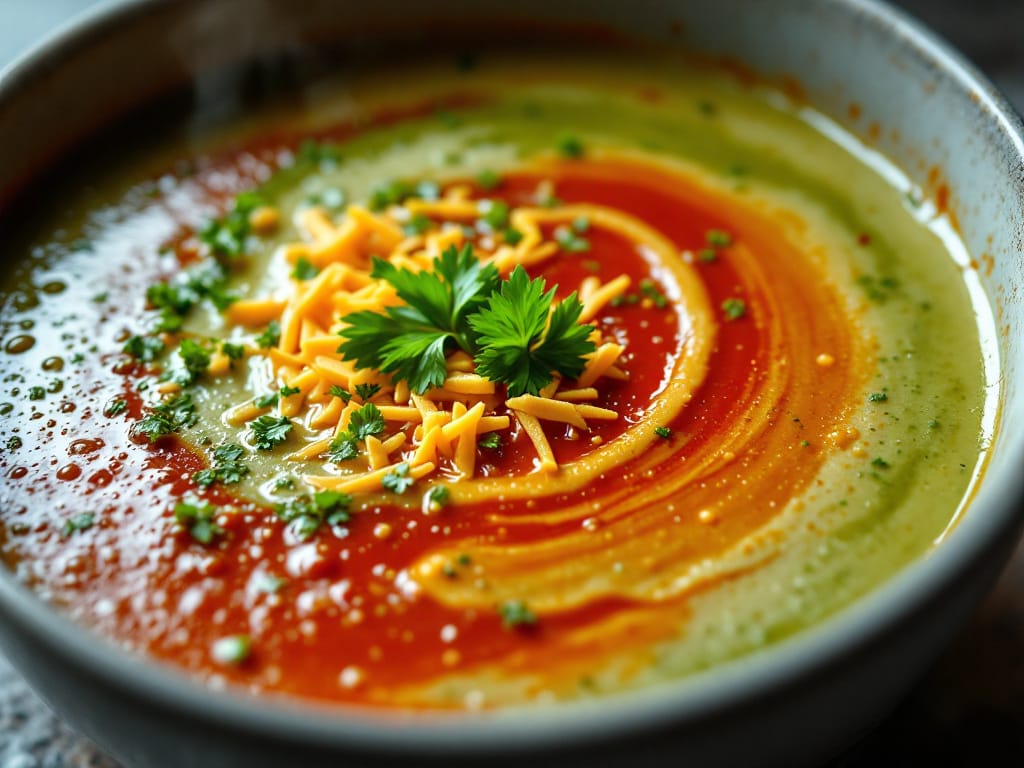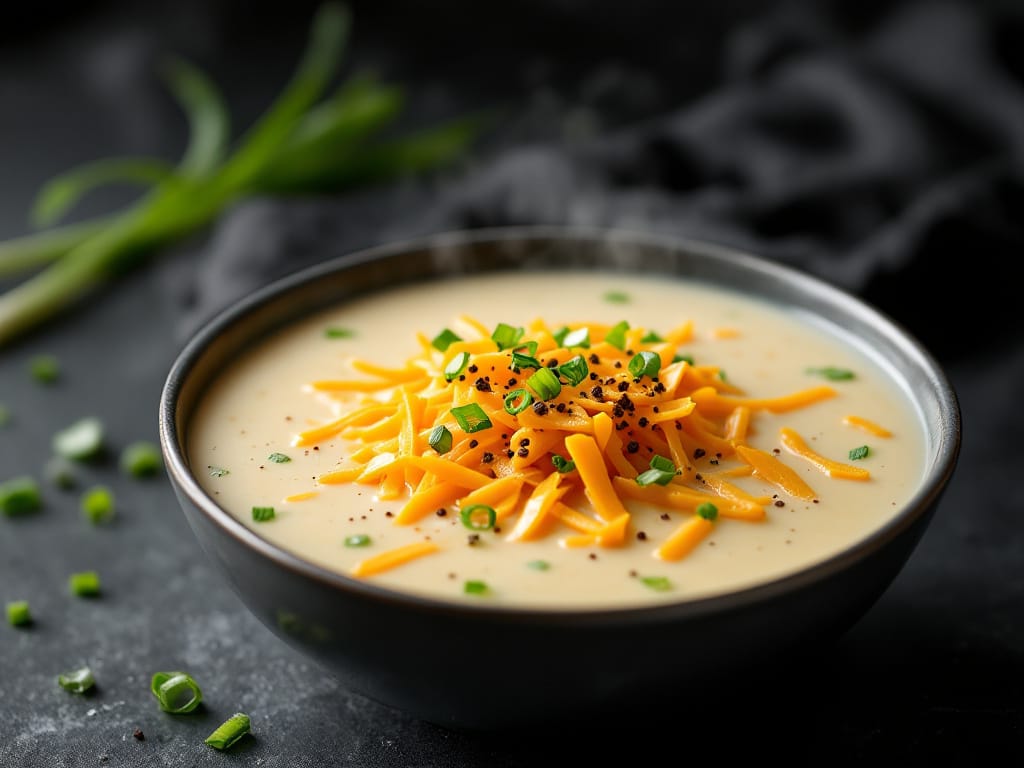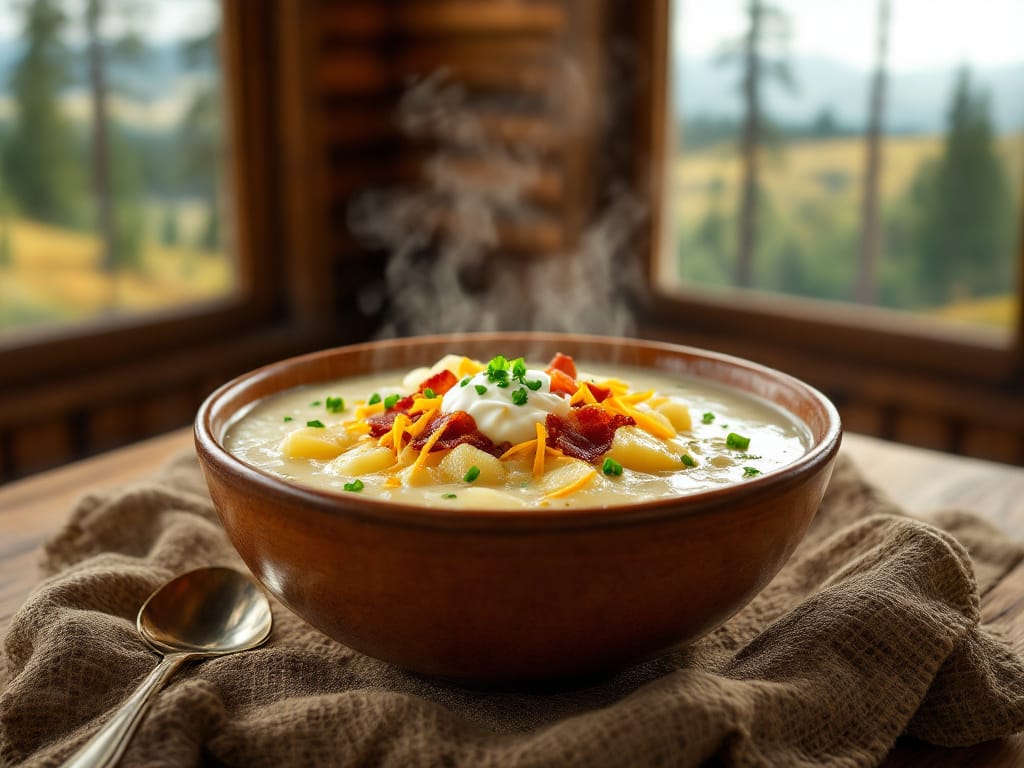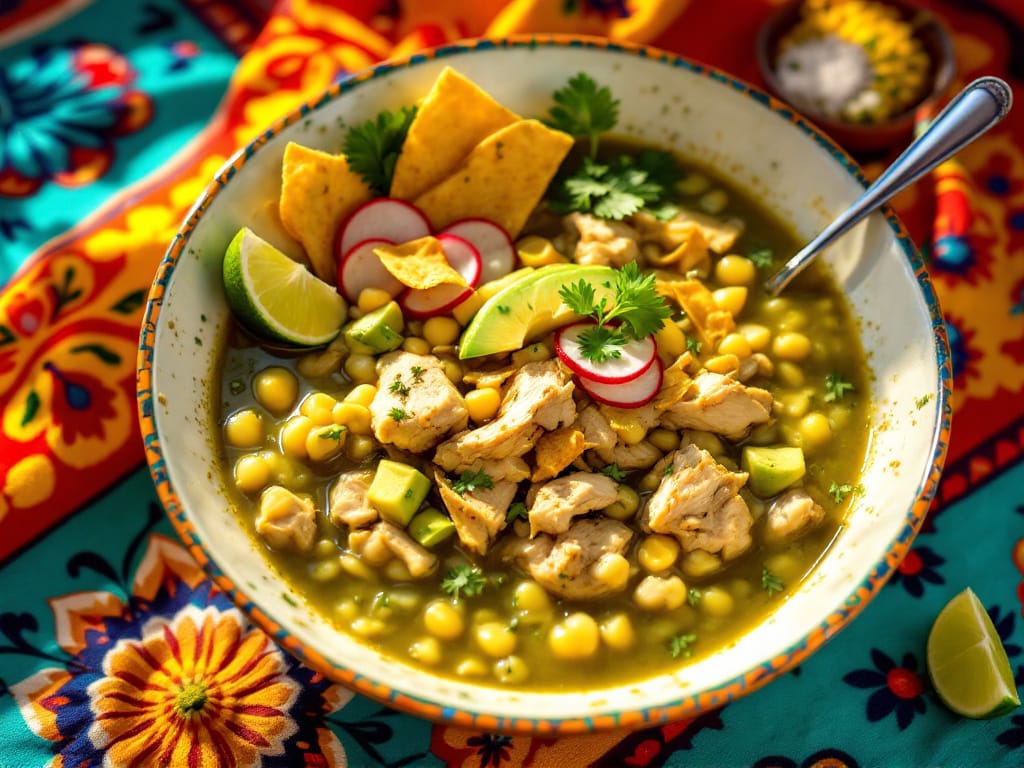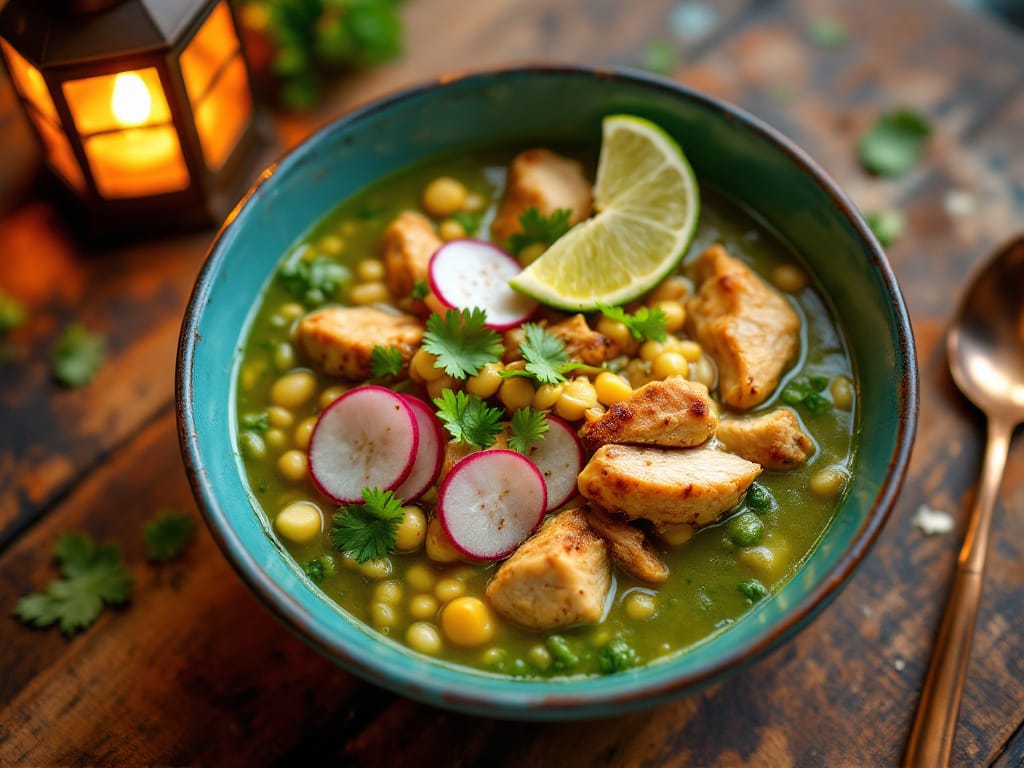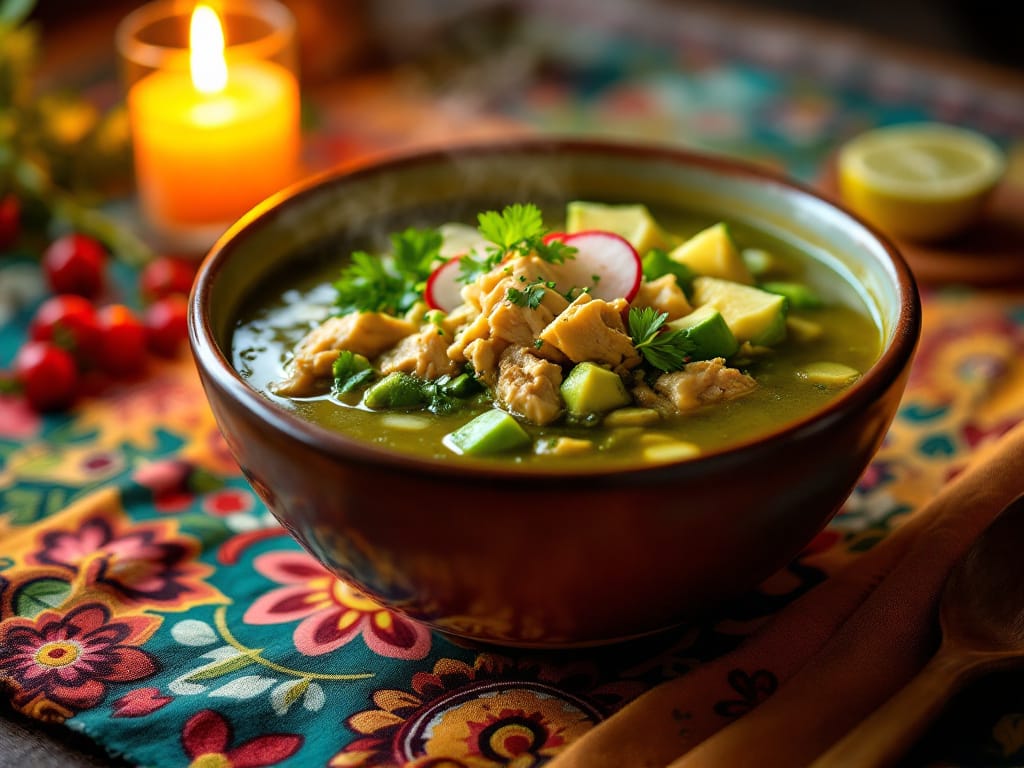Brioche is a beloved French bread characterized by its light, airy texture and rich, buttery flavor. Brioche combines flour, eggs, butter, sugar, and yeast to create its signature golden crust and soft crumb, often considered a cross between bread and pastry. How is brioche eaten in France? This versatile bread is enjoyed in many ways, from being served plain at breakfast to being transformed into gourmet dishes like French toast or used as a base for savory sandwiches.
In France, brioche is more than just a baked good—it is a cultural icon and a culinary delight enjoyed in various forms, from breakfast to festive celebrations. Brioche pairs well with sweet toppings like jam and honey or savory dishes like pâté. Brioche occupies a special place in French cuisine, blending indulgence with tradition, and often features in regional variations that reflect the diverse culinary heritage of France.
Historical Background of Brioche in France
Brioche originated in the 15th century in Normandy, a region renowned for its high-quality butter. Initially associated with special occasions, such as Easter and weddings, brioche became a symbol of indulgence and celebration in French culture.
One of the most famous associations with brioche comes from the myth surrounding Marie Antoinette. She is often (falsely) credited with the phrase “Let them eat cake,” which actually refers to brioche. This legend, though historically inaccurate, highlights brioche’s reputation as a luxurious treat during the 18th century.
Over time, brioche evolved from its rustic origins, which included sourdough-based recipes, to the refined, yeast-leavened bread we know today. During the reign of Louis XIV, the addition of more butter elevated brioche to a delicacy fit for aristocrats. By the 17th century, it had reached Paris and became a widespread favorite.
Etymology of the Term ‘Brioche’
The word “brioche” is thought to derive from the Old Norman French verb brier, meaning “to grind” or “knead,” referencing the dough preparation process. Another theory connects the term to the region of Brie, famed for its cheese, suggesting an early connection to this area.
Some speculate that the suffix -oche refers to the bread’s distinctive form, while others link it to the town of Saint-Brieuc in Brittany. Regardless of its exact origins, the name “brioche” reflects its deep ties to French culinary tradition.
How Brioche is Enjoyed in France
Traditional Occasions for Eating Brioche
Brioche plays a vital role in festive traditions across France, symbolizing indulgence and celebration. During Easter, families often prepare or purchase brioche as part of their holiday feasts. The brioche vendéenne, a braided loaf flavored with orange blossom essence, is particularly popular during this season.
Weddings in certain regions also feature brioche, either as a decorative centerpiece or as a sweet treat for guests. In certain regions, bakers craft the bread into intricate designs, highlighting its cultural significance. Beyond festivals, brioche is a staple of the French goûter—the after-school snack beloved by children. Served plain or with spreads like Nutella, it offers a comforting and convenient snack option.
For readers interested in using brioche creatively, the guide on how to dry out brioche bread for French toast offers excellent tips for turning leftover bread into a decadent breakfast.
Everyday Uses of Brioche in French Cuisine
Brioche is a versatile ingredient that seamlessly transitions from simple breakfasts to gourmet dishes:
- Breakfast: People often pair brioche with butter, jam, or honey as a popular morning option.Its soft, slightly sweet flavor complements coffee or tea.
- Lunch and Dinner: Increasingly, brioche serves as a base for savory dishes. Chefs commonly use it as a gourmet bun for burgers or sandwiches, enhancing the dish with its rich texture. It also pairs beautifully with soups or pâté, offering a unique blend of flavors.
- Desserts: Brioche transforms into decadent treats like French toast (pain perdu) or bread pudding. Its airy crumb absorbs custard or syrup, making it ideal for these sweet dishes.
Learn how to make the perfect version with this brioche French toast recipe.
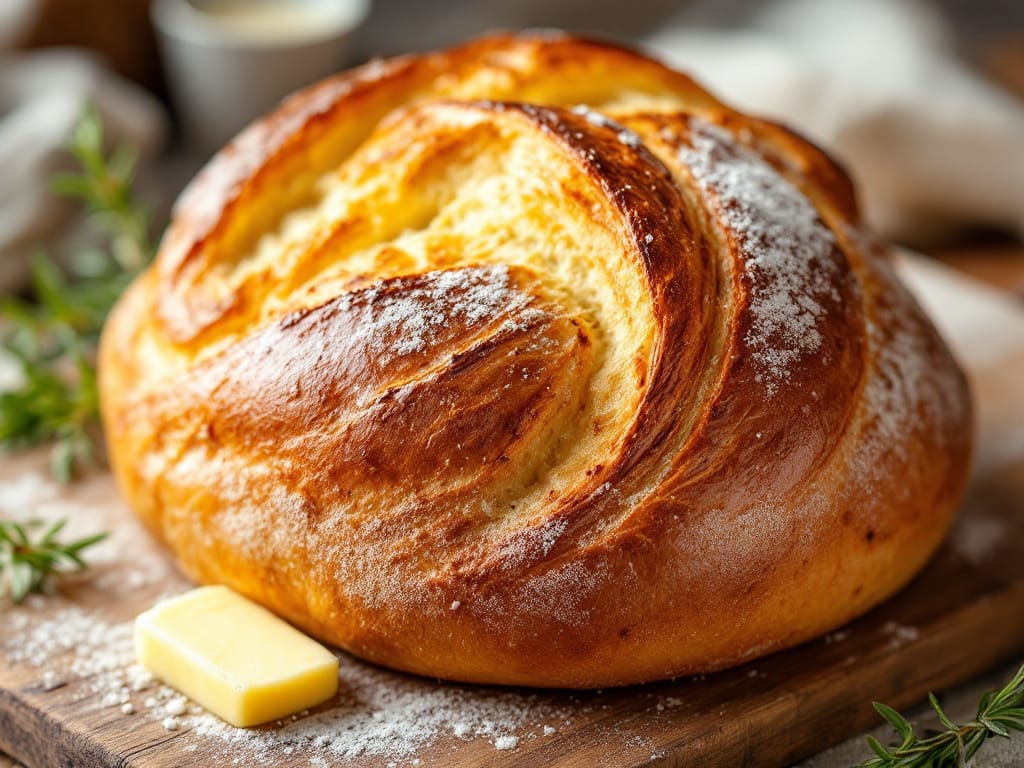
Varieties of Brioche Across Regions
France boasts numerous regional brioche specialties, each reflecting local tastes and traditions:
- Brioche Vendéenne: A braided loaf infused with orange blossom water, often associated with celebrations.
- Parisian Brioche (Brioche à Tête): Known for its iconic “head” shape, this variety is light and buttery.
- Pink Praline Brioche: Lyon’s bakers sweeten this brioche with candied pink pralines, creating a vibrant, colorful treat.
- Other Specialties: Across France, you’ll find sugar-topped brioches, braided versions, and unique variations made with local ingredients like raisins or nuts.
Modern Interpretations and Innovations
In recent years, brioche has taken on new forms, particularly in haute cuisine. Pastry chefs and bakers now incorporate gourmet ingredients such as truffles, foie gras, or smoked salmon into savory brioche sandwiches, elevating it to a luxurious dish.
Sweet innovations include chocolate-laced brioche or creations with fillings like custard or fruit compotes. Parisian bakeries, such as Bab Brioche Bar, have embraced these trends, offering unique combinations that appeal to modern palates.
Comparisons and Culinary Pairings
Brioche vs. Other Sweet Breads
Brioche shares similarities with other sweet, enriched breads like challah and babka but differs in key aspects:
- Challah: Challah resembles brioche as a soft, yeast-leavened bread; however, it features a traditional braided form and omits butter, aligning with kosher dietary laws. This difference in fat content results in a slightly drier crumb for challah, while brioche is richer and more tender.
- Babka: Babka, a popular Jewish bread, swirls with fillings like chocolate or cinnamon and has a denser texture than brioche. It also typically incorporates more eggs, enhancing its flavor but creating a heavier loaf.
With its rich, buttery texture and subtle sweetness, brioche enhances both sweet and savory dishes.
Popular Brioche Pairings
Brioche pairs beautifully with a variety of flavors and beverages:
- With Coffee or Tea: Its subtle sweetness makes brioche an ideal companion for morning or afternoon tea, balancing the bitterness of these beverages.
- Savory Pairings: In savory contexts, people often pair brioche with cheese, pâté, or smoked salmon. Its buttery flavor enhances the richness of these ingredients while providing a soft texture.
These pairings highlight brioche’s versatility and its ability to elevate simple meals into indulgent experiences.
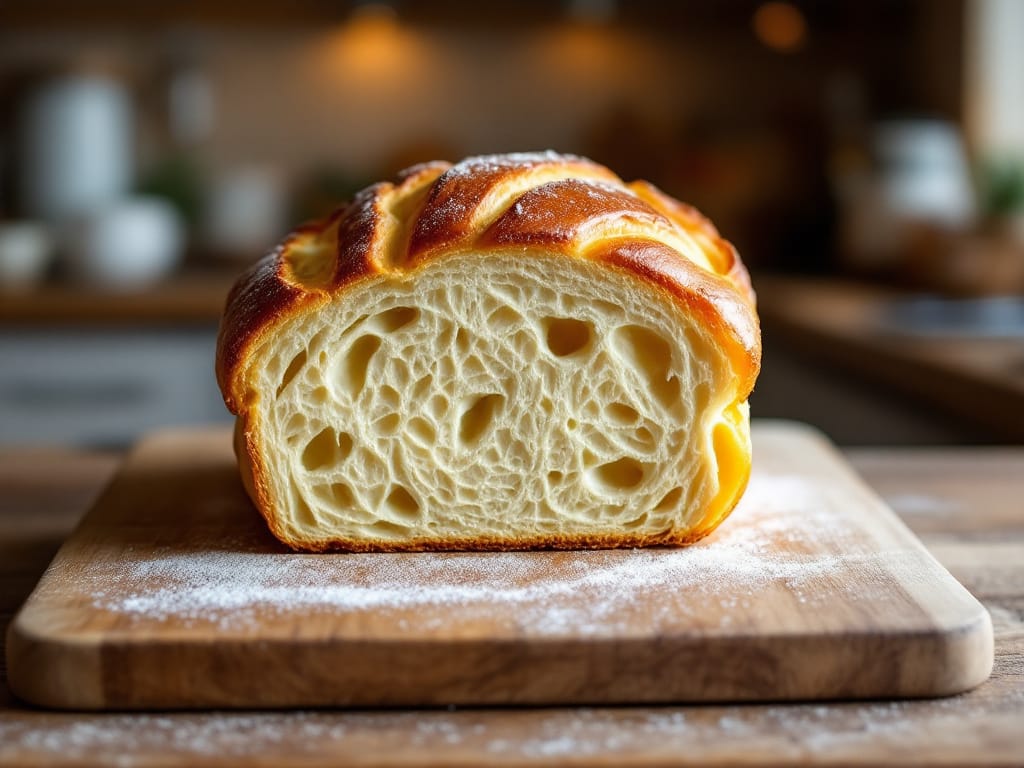
FAQs Section
- What is the difference between brioche and regular bread?
Brioche incorporates eggs, butter, and sugar, which impart a soft, tender crumb and rich flavor. Regular bread typically has a leaner dough without these enriching ingredients. - Can brioche be eaten as part of a meal?
Absolutely! Chefs use brioche in savory dishes like gourmet sandwiches and in sweet preparations like French toast. - Why is brioche considered a luxury bread?
Brioche’s luxurious reputation comes from its rich ingredients, like butter and eggs, which were historically expensive and associated with celebrations or indulgence. - What makes French brioche unique?
French brioche is distinctive for its light, airy texture and subtle sweetness, crafted using traditional techniques and premium ingredients that set it apart from other sweet breads. - Is brioche the same as French toast?
Brioche serves as an excellent base for French toast, but it is distinct from traditional French toast. French toast involves soaking bread, often brioche, in a custard mixture before frying. Learn more here.

